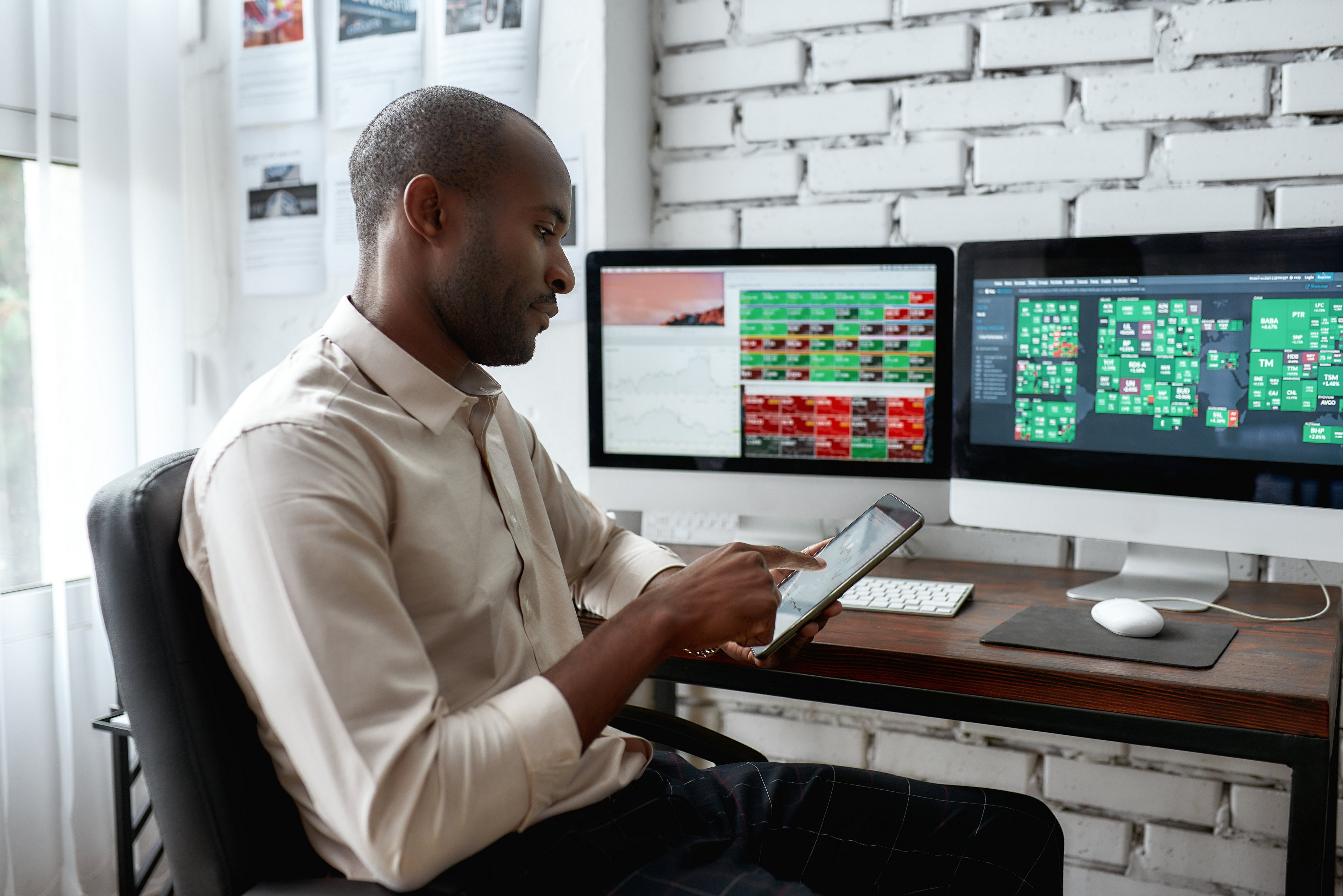Last October, I called GoPro's (GPRO +0.00%) $300 million buyback plan a "hasty attempt to appease angry investors," and noted that the cash should have been spent on acquisitions, research and development, or marketing instead.

Source: GoPro.
But last quarter, GoPro spent $35.6 million to buy back 1.5 million shares of its stock at an average price of $23.05. The stock is worth just over $10 as of this writing, meaning that GoPro lost about $20 million investing in itself. That move should upset investors, since it reveals how short-sighted and overconfident the company's management is.
How badly timed was GoPro's buyback?
At the beginning of the fourth quarter on Sept. 31, GoPro's stock was worth about $30. On Oct. 28, GoPro reported weaker-than-expected third quarter earnings, which it attributed to weak demand for the Hero 4 Session. A $100 price cut to the Session in late September caused the company to take a $19 million writedown, and GoPro forecast a double-digit decline in sales for the holiday quarter. To appease investors, GoPro approved a $300 million buyback.
That announcement caused GoPro's stock to plunge to around $25, where it remained until mid-November. However, a second reduction of the Session's price and negative reports regarding GoPro's holiday sales caused the stock to slip below $20 by Christmas.

The Hero 4 Session. Source: GoPro.
On Jan. 13, GoPro warned that its fourth quarter sales would fall more than 30% annually, and the stock plunged to around $10. GoPro's actual fourth quarter and full year report on Feb. 4, which featured a surprise net loss and dismal guidance for the first quarter, caused the stock to dip below $10.
So why buy back shares at all?
If GoPro knew that its fourth quarter sales would be rough, why did it start buying back stock before it received solid sales data? The only logical explanation is that GoPro believed that the first price reduction to $299 on the Session would spur holiday sales and make a buyback in the low $20s seem smart. When it became clear that wasn't going to happen, GoPro hastily cut the price to $199 in early December. In retrospect, it would have made more sense to start buying back stock after its initial fourth quarter warning.
GoPro bulls might view the buyback as a vote of confidence in the company, but it was likely introduced to offset dilution from stock-based compensation instead. In 2015, GoPro's stock-based compensation rose 13% annually to $80.7 million, while its total number of outstanding shares rose 19% to 146.5 million.
Spending $35.6 million to repurchase shares and laying off 7% of its workforce will reduce the impact of stock-based compensation and prop up its GAAP earnings. Unfortunately, the buyback still didn't prevent GoPro from posting a net loss of $0.08 per share last quarter.
The silver lining
GoPro CFO Jack Lazar didn't say much about the buyback plan last quarter, except that the company still had $264.4 million left in its repurchase authorization. The silver lining here is that the stock's plunge might force GoPro to think more carefully before buying back more shares.
Brian McGee, who will replace CFO Jack Lazar in March, might allocate more cash toward R&D or marketing. If McGee puts the buybacks on hold, GoPro could also consider making some big acquisitions to diversify its business. As I mentioned in a previous article, Taser's (TASR 1.20%) Axon body cameras would be a natural extension for GoPro's action camera and drone business. Taser has recently been weighed down by a patent lawsuit regarding its Axon cameras, which caused its market cap to plunge to just over $800 million. But that big decline might make it a more affordable takeover target.

Taser's Axon camera. Source: Taser.
GoPro finished last quarter with $280 million in cash and equivalents, $194 million in marketable securities, and no debt -- which means that it could buy Taser with a combination of cash, stock, and new debt. If that purchase is too big, GoPro could buy out rival start-ups like AirDog, other action camera makers, or smaller drone manufacturers. All those moves would be more logical than buying back more shares.
Dear GoPro, stop wasting money
GoPro's two price cuts on the Session cost $40 million. Added to the $20 million it lost on the buyback, GoPro wasted $60 million in two quarters -- a significant amount when the company only expects to generate $160 million to $180 million in first quarter sales.
Looking ahead, GoPro needs to be smart about its share repurchases. If GoPro blindly uses buybacks to tighten up its valuations, inflate earnings, or offset dilution, it will simply confirm that the management retains a short-sighted view of the company's future. But if it uses them strategically before major product launches like the Karma, it would show investors that the company remains confident in its long-term future.







